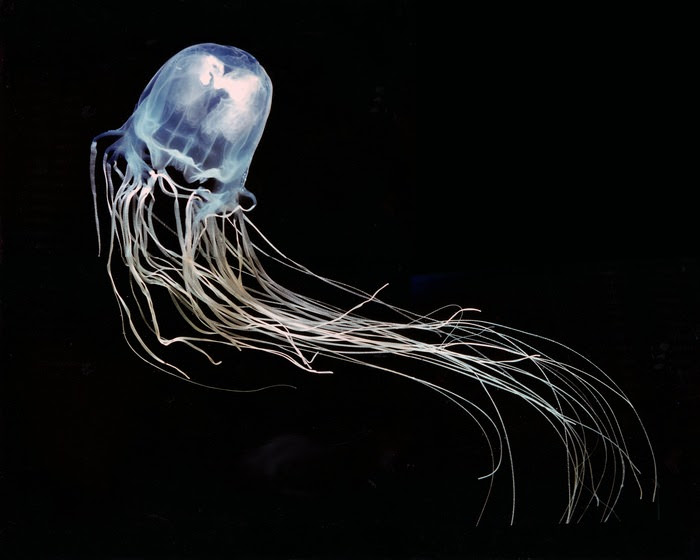Tulsi (Green) Ocimum tenuiflorum
Tulsi has got the great medicinal value. For over the centuries Tulsi (the queen of herbs) has been known for its remarkable healing properties.
Neem is a fast-growing tree that can reach a height of 15–20 metres (49–66 ft), rarely to 35–40 metres (115–130 ft). It is evergreen, but in severe drought it may shed most or nearly all of its leaves. The branches are wide spread. The fairly dense crown is roundish or ovular and may reach the diameter of 15–20 metres (49–66 ft) in old, free-standing specimens.
It is native to Pakistan, India, and Bangladesh growing in tropical and semi-tropical regions. Neem tree is the official tree of the Sindh Province, of Pakistan and is very common in all cities of Sindh. There are projects under way for planting this tree in all over Sindh Province. Neem trees also grow in islands in the southern part of Iran. Its fruits and seeds are the source of neem oil.
Sansevieria, Snake Plant (Lotus Shape - Green)
It is commonly called the snake plant (not to be confused with the very similarly named "Snakeplant", Nassauvia serpens), because of the shape of its leaves, or mother-in-law's tongue because of their sharpness. In China, it is known as huweilan (Tiger's Tail Orchid). In Japan, it is called 'Tiger's Tail. In Africa, the plant is used as a protective charm against evil or bewitchment
Sansevieria, Snake Plant (Lotus Shape - Yellow)
The sansevieria plant, also known as snake plant and mother-in-law tongue, is the perfect houseplant, particularly for people who tend to neglect their plants.The sansevieria plant, also known as snake plant and mother-in-law tongue, is the perfect houseplant, particularly for people who tend to neglect their plants
Areca Palm

According to NASA and Dr. B. C. Wolverton, the areca palm filters xylene and toluene from the air. Wolverton also specifies that, at 1.8 m (5 ft 11 in) in height, the plant will transpire 1 liter of water per 24 hours, thereby making it an effective humidifier.
It is grown as an ornamental plant in gardens in tropical and subtropical regions, and elsewhere indoors as a house plant. It has gained the Royal Horticultural Society's Award of Garden Merit.
One of several common names, "butterfly palm" refers to the leaves which curve upwards in multiple stems to create a butterfly look.
In its introduced range, this plant acts as a supplier of fruit to some bird species which feed on it opportunistically, such as Pitangus sulphuratus, Coereba flaveola and Thraupis sayaca species in Brazil.
Chrismas Cactus, Schlumbergeras
A beautiful holiday plant,(botanically known as Schlumbergera or Zygocactus) blooms at Christmas and also sometimes around Easter time if cared for properly. A month prior to Christmas you will be able to watch the tips of the leaves beginning to grow. The tips grow darker as each day passes, until a bud forms. At Christmas time, as if by magic, the buds open to a beautiful flower that will add colour and warmth to any holiday season.



















































































